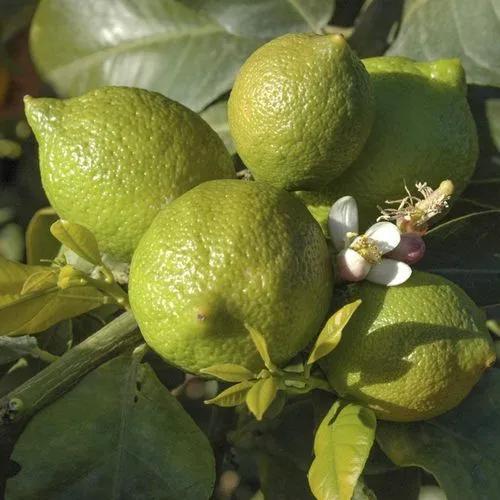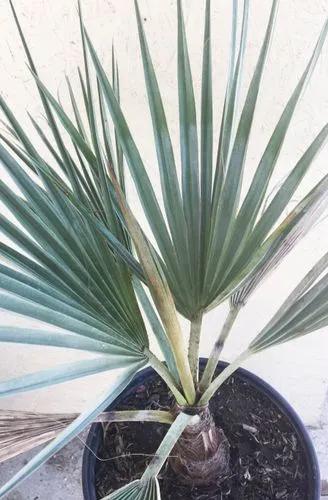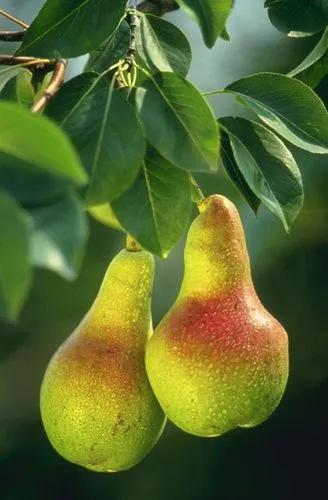This species is host to one of the most curious phenomena in forest ecology: the fir wave, a cyclic disturbance-regeneration cycle in which the death of overstory trees produces sunlight and warmth on the forest floor, allowing seedling regeneration. Once the seedlings become canopy dominant trees (about 60 years later), darkness, cold, and poor nutrient availability cause the death of the overstory trees. This cycle produces waves of growing, dying and dead trees that sweep across the landscape, as shown in the image here, taken at Baxter State Park, Maine. The phenomenon has also been recorded in the Adirondack Mountains of New York and the White Mountains of New Hampshire (Sprugel and Bormann 1981)
Balsam Fir Care
Abies Balsamea



A narrowly conical tree 12-23 m tall, 10-60 cm dbh, with a spire-like crown. Bark gray, thin, smooth, in age often becoming broken into irregular brownish scales. Branches diverging from trunk at right angles, the lower often spreading and drooping. Twigs mostly opposite, finely pubescent, yellow grey-brown or green-brown. Buds hidden by leaves or exposed, brown to reddish-purple, conic to globose, scales slightly pubescent, 9-11 mm in diameter, resinous, apex acute; basal scales short, broad, nearly equilaterally triangular, glabrous, resinous, margins entire, apex sharp-pointed. Needles 1-ranked (particularly on lower branches) to spiraled, curved upwards on branchlets exposed to full sun; cross section flat, grooved above, keeled below, shiny dark green above, 12-25 mm long by 1.5-2 mm wide, green or grey-green below; stomata in 0-4 rows at midleaf above, these more numerous toward leaf apex, with (4-)6-7(-8) stomatal rows on each side of midrib below; base twisted; odor pinelike (copious ß-pinene); apex slightly notched to pointed; resin canals large, ± median, away from margins, midway between abaxial and adaxial epidermal layers. Male cones 15mm long, at pollination red, purplish, bluish, greenish, or orange. Female cone resinous, sessile, apex round to obtuse, cylindric to broadly ovoid, 4-10 cm long by 1.5-3.75 cm wide, blue-grey-green or purple turning grey-brown or violet-brown; scales scales ca. 1-l.5 × 0.7-1.7cm (relationship reversed in more western collections), finely pubescent; bracts included or exserted and reflexed over scales. Seeds triangular, 3-6 × 2-3mm, body brown; wing about twice as long as body, brown-purple; cotyledons ca. 4. 2n=24 (Silba 1986, Hunt 1993).
How to Care for the Plant

Popularity

525 people already have this plant 65 people have added this plant to their wishlists
Discover more plants with the list below
Related articles






